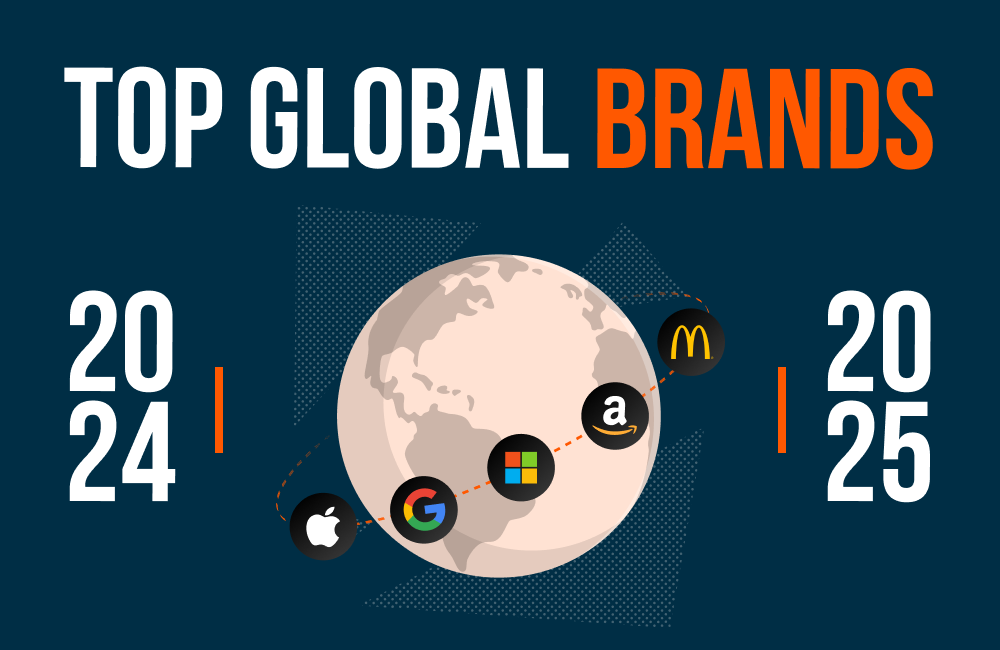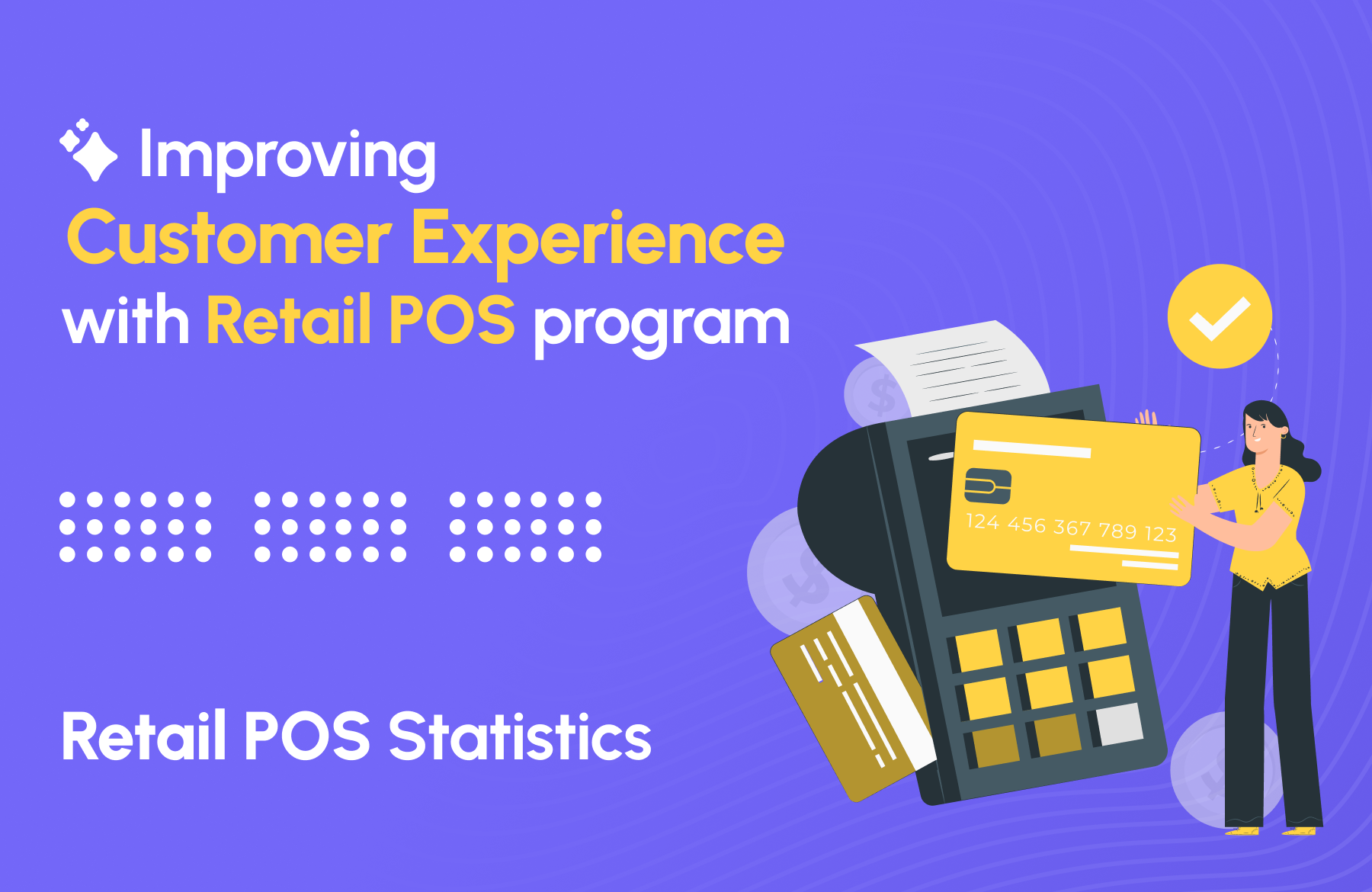The market of eCommerce in the Middle East is projected to reach $50 billion by 2024, reflecting a substantial increase from $20 billion in 2020. This growth is a testament to the region's robust adoption of digital technologies and the increasing comfort of consumers with online shopping. Even with almost 90% of their online goods being imported from other countries, there is still a report of increasing profits in the sector of eCommerce in the Middle East.
Contents
- 1 eCommerce in the Middle East Statistics:
- 2 Estimated Retail E-commerce Sales in MENA
- 3 eCommerce penetration as %age of total retail sales
- 4 Estimated eCommerce User Penetration in 2024
- 5 Top reasons why Middle East consumers will prefer to shop online Post-COVID
- 6 How GO-Globe Can Help Middle Eastern Businesses Thrive in the eCommerce Market
- 7 Conclusion
eCommerce in the Middle East Statistics:
- eCommerce in the Middle East is expected to grow by 12.77% on an annual basis to reach almost $50 billion in 2024.
- The eCommerce in the Middle East is expected to grow steadily over the forecast period, recording a CAGR of 10.24% during 2024-2028.
- The E-commerce Gross Merchandise Value in the country will increase from US$30.7 billion in 2023 to US$51.2 billion by 2028. eCommerce in Dubai has taken a turn for an increase as several e-commerce sites provide these services.
- There are several eCommerce companies in Dubai and various e-commerce websites in the UAE and other Middle Eastern countries.
- The growth of e-commerce in the Middle East is highly significant, with an estimated 25% increase in e-commerce companies causing a higher global penetration.
- Around two million, or 20% of the UAE population have shifted to online shopping during the last few years – raising the online shopping population from 4.5 million in 2019 to 6.5 million in recent years.
- This is accelerating the growth of the UAE's $83.5 billion Global e-commerce to expand by $1.4tn by 2025
- Revenue in the eCommerce Market is projected to reach US$4,117.00bn in 2024. Revenue is expected to show an annual growth rate (CAGR 2024-2029) of 9.49%, resulting in a projected market volume of US$6,478.00bn by 2029.
Estimated Retail E-commerce Sales in MENA
| Year | Retail E-commerce Sales (in Billions) |
| 2019 | $48.66 |
| 2020 | $55.40 (F) |
| 2021 | $49.76 |
| 2022 | $57.46 |
| 2023 | $69.5 |
| 2024 | $72.65 (F) |
Online sales in the Middle East currently equal only a meager 4% of total retail revenue
eCommerce penetration as %age of total retail sales
| Region | E-commerce penetration as %age of Total Retail sales |
| MENA region | 1.9% |
| GCC countries | 3% |
| UAE | 4.2% |
| Saudi Arabia | 3.8% |
| Egypt | 2.5% |
Estimated eCommerce User Penetration in 2024
| Country | %age |
| Saudi Arabia | 80.20% |
| UAE | 69.40% |
| Cyprus | 61.30% |
| Qatar | 62.10% |
| Kuwait | 58.30% |
| Bahrain | 56.40% |
| Iran | 52.40% |
| Turkey | 48.00% |
| Oman | 48.00% |
| Israel | 47.40% |
| Egypt | 46.50% |
| Jordan | 34.90% |
85% of consumers in the UAE and 80% in KSA use mobile devices to get information about the products they intend to buy.
61% of shoppers in GCC use cards for online transactions.
Retail penetration in the region is now around 11–12% and keeps growing. Over 80% of buyers use mobile devices, and 70% of them use social media to reach the seller. eCommerce in the Middle East statistics and trends show that the Internet penetration is close to 100%, and 80% of users already buy through the internet.
In 2023, 91% of online purchases in MENA were made using the card, compared to 9% cash purchases. Almost 56% of consumers in the UAE, KSA, and Egypt start their online shopping journeys using search engines as opposed to retailers’ websites. More than 60% of shoppers in the UAE and KSA and 43% in Egypt have completed an online transaction at least once. 62% of MENA online shoppers prefer COD as a payment method when buying online.
Read more: Latest Trends In Social Media Across The Middle East Highlighted In the New White Paper
Top reasons why Middle East consumers will prefer to shop online Post-COVID
| Reason | %age |
| Quality | 51% |
| Health | 44% |
| Affordability | 39% |
Almost 90% of online purchases are shipped from abroad
Electronics, Fashion & Beauty, Grocery, and Home products make up 98% of the e-commerce market in UAE and Saudi Arabia.
On average, UAE shoppers spend $1648 per e-commerce transaction. GCC shoppers spend USD$150 on average per shopping cart.
In 2024, the average consumer in the Middle East spent an estimated $817.11 shopping online.
| Country | E-commerce Spending per Shopper |
| UAE | $ 3,104.00 |
| Qatar | $ 1,488.00 |
| Israel | $ 1,181.00 |
| Saudi Arabia | $ 527.00 |
| Turkey | $ 475.00 |
E-commerce growth occurred as a result of the high internet usage by the Middle East populace. Middle East countries like Iran and Egypt have high internet users with 56,700,000 and 48,211,493 users, respectively. There is also a mouth-gaping record with Bahrain in 2017, where 98% of their population used the internet, sweeping past France and the USA. Middle East countries experience an annual e-commerce growth of 32% from 2022 to 2024.
The coronavirus outbreak contributed to the growth of eCommerce in the Middle East, as over 40% of respondents started shopping online more than they did before the outbreak. Middle East e-commerce market size is projected to exhibit a growth rate (CAGR) of 22.48% during 2024-2032. The shifting consumer preferences towards the convenience and efficiency offered by digital transactions, along with the growing number of tech-savvy individuals, are primarily driving the regional market.
Future Trends
- Digital Transformation: Continued digital transformation, including the adoption of AI and machine learning, will enhance the e-commerce experience through personalized shopping and efficient supply chain management.
- Expansion of Product Categories: As the market matures, there will be an expansion of product categories offered online, including groceries, pharmaceuticals, and luxury goods.
- Cross-border E-commerce: There is increasing interest in cross-border e-commerce, allowing consumers to shop from international websites and boosting the market's growth potential.
How GO-Globe Can Help Middle Eastern Businesses Thrive in the eCommerce Market
Conclusion
eCommerce in the Middle East is on a robust growth trajectory, supported by favorable demographics, increasing internet and mobile penetration, and proactive government policies. While challenges remain, the opportunities for e-commerce businesses in the region are immense, making it an attractive market for both local and international players.











